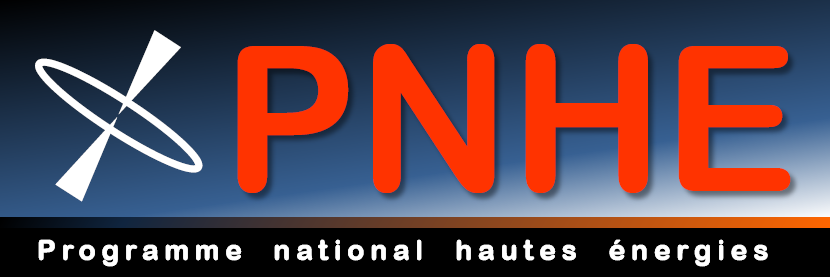Orateur
Description
Within the last few years, the physics of compact objects has greatly benefited from terrestrial based and space telescopes. Among them, neutron stars predicted to be end products of stellar evolution remain badly understood. Moreover, pulsars form a peculiar class of neutron stars which emission remains enigmatic although discovered 50 years ago.
Magnetized neutron stars harbour gravitational fields that deviate strongly from the Newtonian weak field limit. Moreover they are believed to host strong electromagnetic fields anchored into the star and give rise to non-linear corrections to Maxwell equations described by quantum electrodynamics (QED). Magnetic field strengths close to or even above the critical value of B=4,4*10^9 T are suspected to sustain the electromagnetic activity of pulsars and magnetars. To account properly for emission emanating from the neutron star surface like for instance thermal radiation and its polarization properties, it is important to include general relativistic (GR) effects simultaneously with non-linear QED. This can be achieved through a 3+1 formalism known in general relativity and generalized to QED perturbations to Maxwell equations. Starting from the lowest order corrections to the Lagrangian for the electromagnetic field, as given for instance by Born-Infeld or Euler-Heisenberg theory, we derive the non-linear Maxwell equations in general relativity including quantum vacuum effects. We also derive a prescription for the force-free limit and show that these equations can be solved with classical finite volume methods for hyperbolic conservation laws. It is therefore straightforward to include general relativity and quantum electrodynamics in the description of neutron star magnetospheres by using standard classical numerical techniques borrowed from Maxwell and Newton theory. As an application, we show that spin-down luminosity corrections associated to QED compared to GR corrections.

